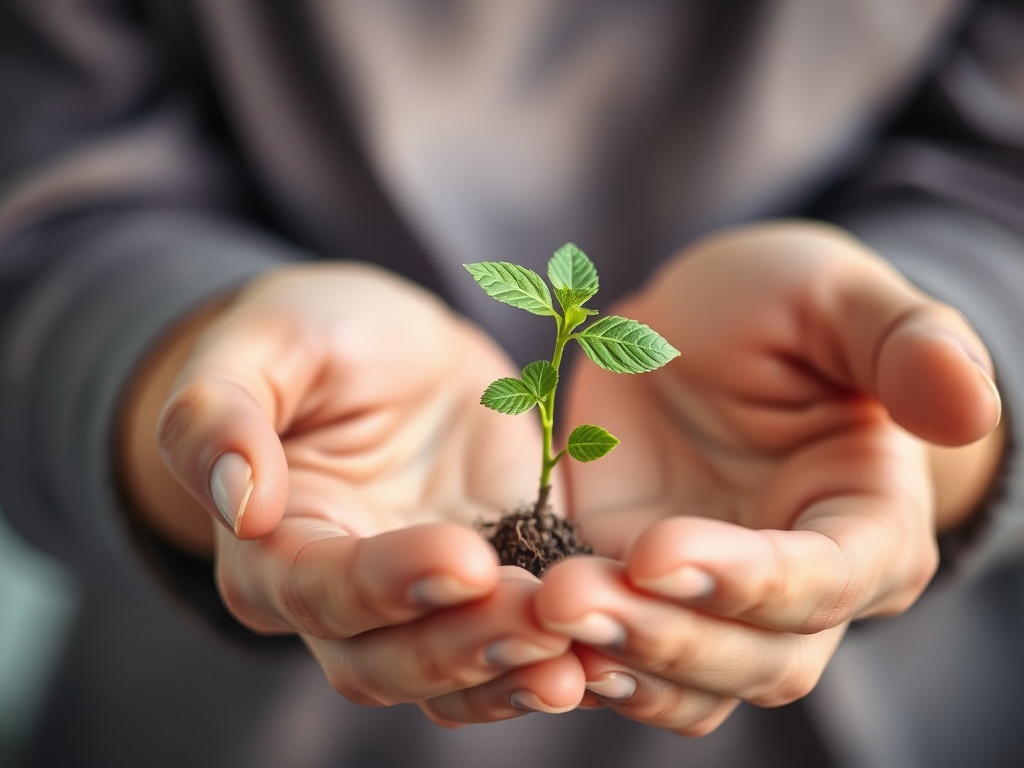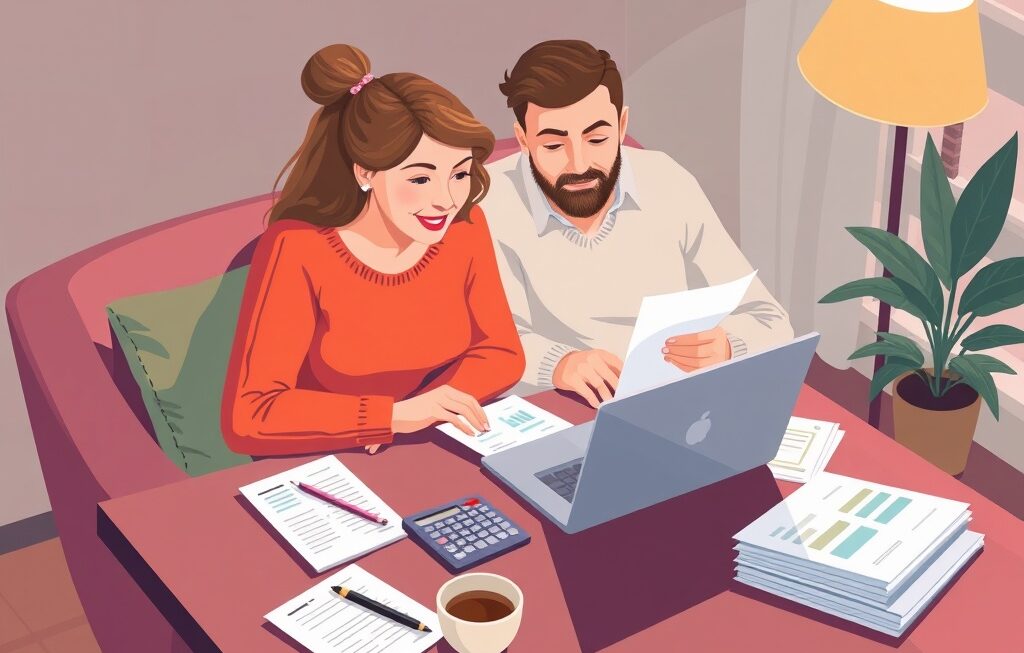In an age of overconsumption and constant digital noise, minimalist living has emerged as a refreshing philosophy for those seeking simplicity, balance, and meaning. More than a design trend or lifestyle aesthetic, minimalism represents a mindset—an intentional choice to prioritize what truly matters over what merely distracts.
Living minimally doesn’t mean deprivation; it means clarity. It’s about discovering that by spending less, you actually gain more—more time, more freedom, more peace of mind, and ultimately, more value in life.
Understanding Minimalist Living
Minimalist living is about removing excess to make space for what adds genuine worth. It involves reducing material possessions, decluttering commitments, and simplifying habits to focus energy on personal growth, relationships, and purpose.
The Core Principle of “Less Is More”
At its heart, minimalism challenges the belief that happiness comes from accumulation. Instead, it argues that true satisfaction arises from intention and appreciation. By owning fewer things, you begin to value what remains—and this shift creates room for gratitude, focus, and joy.
The Financial Impact of Minimalism
Minimalism naturally aligns with financial freedom. When you cut unnecessary spending and avoid consumer traps, your savings grow, debt shrinks, and stress decreases. This approach transforms how you manage money—not through restriction, but through awareness.
According to a 2024 report by Bankrate, people who adopted minimalist spending habits saved an average of 25% more annually compared to those who didn’t consciously monitor their consumption.
The Psychology Behind Minimalism
Minimalist living is as much psychological as it is practical. The human brain thrives in environments of order and simplicity. Clutter, both physical and mental, creates stress and decision fatigue, while simplicity fosters calm and control.
Decluttering the Mind
When you minimize physical possessions, you also declutter your thoughts. Fewer choices and distractions mean more mental bandwidth for creativity and peace. Many practitioners of minimalism report better focus, less anxiety, and improved emotional well-being.
Breaking Free from Consumer Culture
We live in an economy that thrives on convincing people to buy what they don’t need. Ads promise happiness through new products, creating an endless loop of desire. Minimalism breaks this cycle by redefining success—not as accumulation, but as alignment with one’s values.
Minimalist Living and Financial Freedom
Financial independence and minimalism go hand in hand. Both rely on intentional decision-making and value-based living.
Reducing Unnecessary Expenses
One of the fastest ways to regain control of your finances is by cutting spending on non-essential items—subscriptions you don’t use, clothes you rarely wear, or gadgets that offer little value. Minimalism encourages thoughtful purchasing rather than impulsive buying.
Saving and Investing with Purpose
Minimalist living doesn’t mean hoarding money—it means using it wisely. By reducing spending, you can redirect funds toward meaningful goals like building an emergency fund, investing, or supporting causes you care about.
A minimalist approach to money simplifies budgeting: instead of tracking dozens of categories, you focus on essentials—needs, savings, and priorities. This clarity fosters sustainable financial health.
The Emotional Benefits of Minimalism
Minimalist living isn’t just good for your wallet—it’s transformative for your mental and emotional health.
Less Clutter, Less Stress
Research from Princeton University found that clutter competes for your attention, reducing productivity and increasing anxiety. Minimalist environments, in contrast, promote focus, serenity, and overall well-being.
When your home and finances are organized, your mind feels lighter. You gain a sense of control and clarity that extends into all aspects of life.
More Gratitude, More Joy
Minimalism encourages appreciation. Instead of constantly craving what’s next, you find fulfillment in what you already have. This gratitude cultivates happiness and resilience—qualities that no material possession can replace.
Practical Steps to Start Living Minimally
Minimalist living doesn’t require a dramatic lifestyle overhaul. It’s about gradual, intentional change.
1. Declutter One Space at a Time
Begin with small victories. Tackle one drawer, one closet, or one room. Ask yourself: Do I use this? Does it add value? Would I buy it again? If not, let it go.
2. Simplify Your Wardrobe
Adopt a capsule wardrobe—versatile, high-quality pieces that mix easily. You’ll save time choosing outfits, reduce laundry, and spend less on fashion trends that fade quickly.
3. Practice Conscious Consumption
Before buying anything, pause and evaluate its necessity. Is it a need or a want? Will it enhance your life long-term, or is it temporary gratification?
4. Digitally Declutter
Digital clutter—unread emails, apps, social media noise—can be as draining as physical mess. Set digital boundaries, unsubscribe from junk mail, and schedule screen-free time daily.
5. Redefine “Enough”
Minimalism is deeply personal. For some, “enough” means a small apartment and a few treasured items; for others, it’s about cutting work hours to gain time with family. Define what sufficiency means for you, not by society’s standards.
Minimalism in Relationships and Time Management
Minimalism extends beyond material things—it transforms how you manage time, relationships, and energy.
Prioritizing Meaningful Connections
When you let go of superficial commitments, you make space for genuine relationships. Quality replaces quantity, deepening bonds with those who truly matter.
Time as the Ultimate Resource
Minimalists treat time as their most precious asset. By eliminating distractions and unnecessary tasks, they reclaim hours for creativity, rest, and connection.
The question shifts from “How much can I do?” to “What’s most important for me to do?”
Sustainable Living and Environmental Impact
Minimalism aligns closely with environmental sustainability. Consuming less means reducing waste, lowering carbon footprints, and supporting ethical production.
Eco-Friendly Consumption
Minimalists often choose quality over quantity—buying fewer but better-made products that last longer. This reduces environmental impact and supports responsible brands.
Repair, Reuse, Recycle
Instead of discarding items, minimalists repurpose and repair. Extending product lifespans contributes to a circular economy that values resources over waste.
By embracing minimalism, individuals can make a meaningful contribution to global sustainability efforts.
How Minimalism Boosts Productivity
Clarity in your environment breeds clarity in thought. Many professionals find that simplifying their workspace enhances concentration and performance.
The Focus Effect
A minimalist workspace minimizes distractions and decision fatigue. You spend less time searching for things and more time creating.
Decision Simplification
Minimalism reduces the number of trivial decisions you make daily—what to wear, where to eat, what to buy—leaving mental energy for what truly matters.
Challenges of Minimalist Living
While rewarding, minimalism isn’t without obstacles. The biggest challenge lies in breaking deeply ingrained consumer habits.
Emotional Attachment to Possessions
Many people associate items with memories or identity. Learning to detach from objects takes time and reflection. Focus on keeping items that bring genuine joy or purpose.
Social Pressure
Society often equates success with material wealth. Minimalists must navigate societal expectations while staying true to their values. Fortunately, the minimalist movement continues to grow, normalizing conscious simplicity.
The Minimalist Mindset: Long-Term Transformation
Minimalism is not a one-time project—it’s a continuous journey of self-awareness and intentional living.
Regular Reassessment
Revisit your possessions, habits, and commitments periodically. What added value last year may no longer serve you today.
Living with Purpose
Ultimately, minimalist living is about aligning your choices with purpose. By focusing on what matters most, you create a life rich in meaning, not clutter.

In Summary:
Minimalist living is not about owning nothing—it’s about owning what truly matters. It’s the art of finding richness in simplicity, joy in restraint, and meaning in clarity.
When you live minimally, you spend less but experience more. You trade consumer chaos for intentional calm, clutter for clarity, and financial strain for freedom.
In a world obsessed with more, minimalism reminds us that less is often the gateway to a fuller, freer, and more valuable life.



